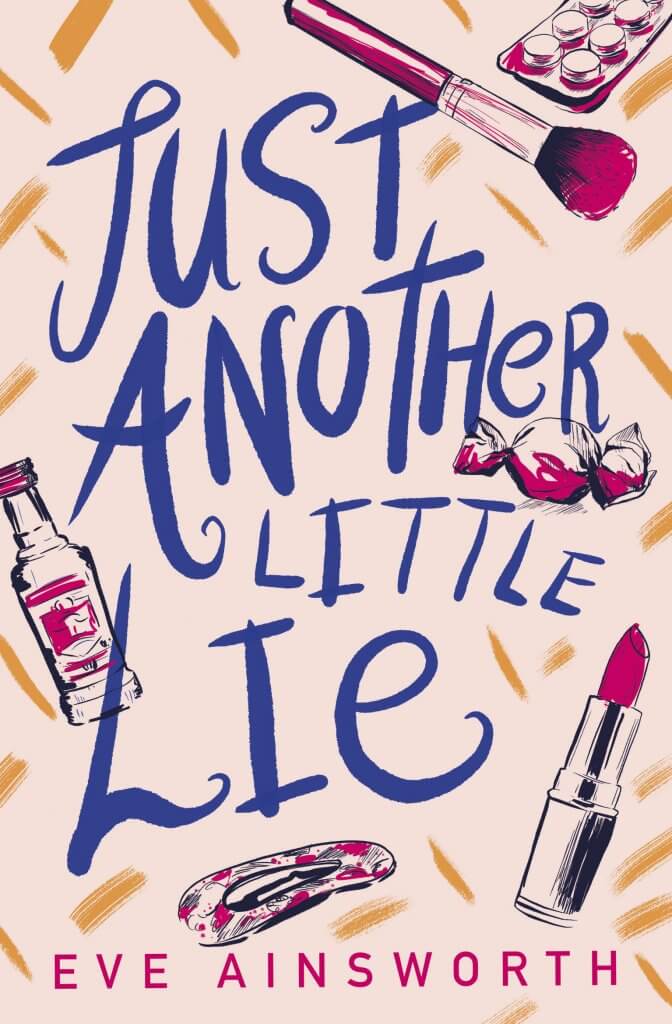Things that are said (& celebrated) about Libraries, Librarians and Library Workers:
- Librarians are freedom fighters,
- Librarians are revolutionary,
- Librarians are rebels,
Things that are not usually said or celebrated about libraries (but are still true):
- Libraries and Library Workers are (or have been) complicit in:
- In book banning
- In book burning
- In segregation
- In upholding white supremacy
Many, mostly white (it has to be said) library folk have drunk the library kool-aid and believe uncritically everything (positive & affirming) that has been said about libraries. Heck for years I was one of them, I uncritically celebrated libraries without considering the history of library services in the countries I have lived and worked in until I took a look at myself, where I came from (South Africa) and what I stand for; then started poking around in the history of my career in my home country and further afield.
Nowadays I am still a library-stan, I have seen and can see how libraries can affect the lives of those who use them in a positive way. Of course people have to be able to access the services that libraries provide to have their lives changed by them. I still fully support all that is good in public libraries but I also acknowledge the darker side that has largely been airbrushed out of the public library narrative. What follows are but a few examples of what overwhelming whiteness in libraries has been responsible for.
In South Africa, Public Libraries were segregated under the apartheid regime and non-white South Africans were denied library services altogether or had a substandard service.
Read Library philosophy vs. Apartheid legislation: Cape Town City Libraries: 1952-1972 by Kathleen Laishley
Not content with segregation, the apartheid regime doubled down with book banning as well as burning books that they disagreed with. Librarians were complicit in this.
There has been segregation in many US libraries over the years, When Andrew Carnegie funded the construction of a new public library in Atlanta in 1902, scholar and activist W. E. B. DuBois, then a professor at Atlanta University and a strong proponent of African American education, spoke out publicly against the injustice of a public facility that refused service to a full third of Atlanta’s population. (https://dp.la/exhibitions/history-us-public-libraries/segregated-libraries)
In 2016 when accepting a National Book Award Representative Elijah Cummings recounted how he was denied a library card in Alabama in 1956:
The Dewey Decimal Classification System still carries many of the biases of it’s creator Melvil Dewey. It took until 2019 for his name to be removed from the ALA’s top honor. In the 1930s librarian Dorothy Porter started to decolonize the DDC by unpicking the racist way in which he treated Black authors.
This brilliant article on BookRiot shows how libraries have and in some cases still are complicit in upholding white supremacy (and how it can be dismantled).
Homophobia was also prevalent in early editions of the DDC and although it is being weeded out, many traces still remain. The religion section still skews heavily in favor of Christianity, with non-Christian faiths only making an appearance in the 290s.
In 2017 a lack of diversity in the library profession lead to accusations of bias and worse being made against the CILIP Carnegie Medal, the oldest book award for books for children & young people in the UK. This controversy has lead to institutional changes in the way that the awards are run and has also lead to the formation of groups to help work towards increasing the diversity of the profession in the UK, so never let it be said that protests change nothing.
Today libraries are still largely staffed by white folk, most of them women many of who fall under the middle-class label, for a career that is majority female, it is weird that male library staff are very over-represented in library management positions – patriarchy it is not a bug, it is a feature (if you are a man that is).
As the profession slowly (oh so slowly) diversifies, existing staff come face to face with our biases, both conscious and unconscious. This is uncomfortable, for those of us who feel we are anti-racist, anti-imperialist and can lead to hurt feelings and lashing out when we are confronted with our failures in being good allies, and for our colleagues of colour who experience almost daily microaggressions from their colleagues and upon whom many white library workers place their needs for education on being better at becoming antiracist and working in a diverse workplace.
It behooves all of us working in public libraries no matte where we are in the world to educate ourselves on how to be better allies in life and in libraries to our colleagues of colour, our LGBTQ+ colleagues an dour patrons. Libraries are no place for the false white saviour narrative, we are not rockstars (I hate that term – but that is a rant for another day), we must all work towards being open, inclusive in our lives as in our careers and make our profession a place that mirrors the world as it is and as it should be – diverse and vibrant, not a monochrome example of how things used to be.
Further Reading & Resources
- Advancing Racial Equity in Public Libraries
- Disrupting Whiteness in Libraries and Librarianship: A Reading List
- Confronting White Nationalism
- Statements From Libraries and Library Organizations Re: Racism, Black Lives Matter, and Increased Violence
- Dismantling white supremacy in archive and library collections
- Microaggressions
